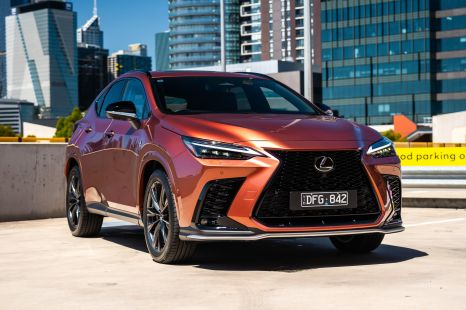

Max Davies
2025 Lexus NX450h+ F Sport review
5 Days Ago
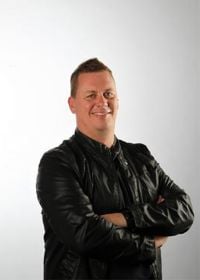
Contributor
MG has led the way for a wave of new auto brands in Australia.
The Chinese-owned brand has built solid foundations since it was relaunched here in 2017, becoming a regular member of the top 10 list of automakers on our monthly sales charts thanks to its value-focused range of urban runabouts, family soft-roaders and affordable EVs.
Its success hasn’t been without challenges, and new challengers. But MG Motor Australia CEO Peter Ciao has stayed the course right from the start with a clear outlook from his corner office at the company’s local headquarters in North Sydney.
Hundreds of new car deals are available through CarExpert right now. Get the experts on your side and score a great deal. Browse now.
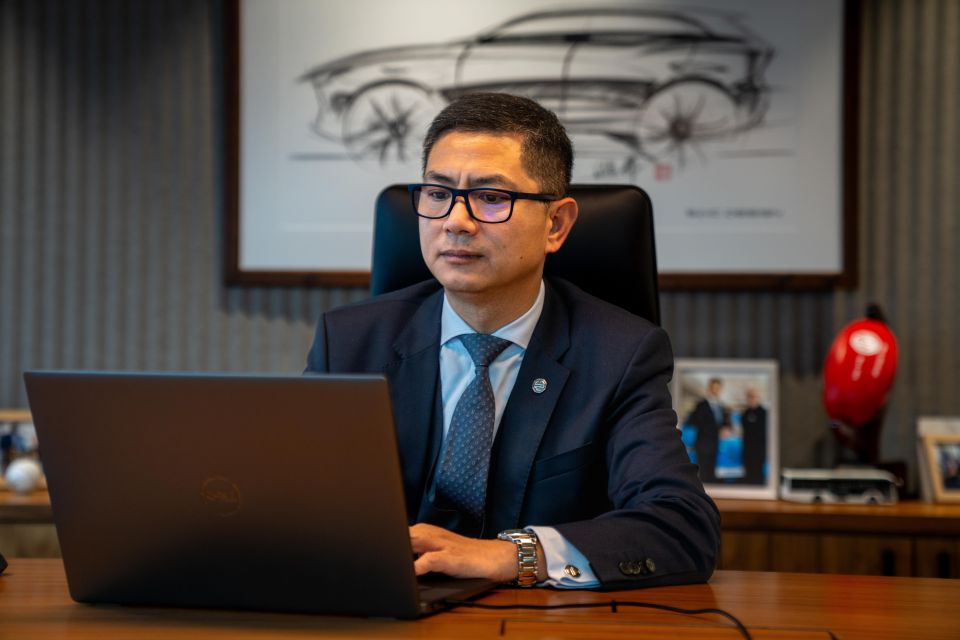
This year, he is looking further across the horizon and pushing MG into new territories with the introduction of a raft of new models, including the brand’s first dual-cab ute, and a dedicated electric-only luxury sub-brand.
We sat down with Ciao in his office for an exclusive in-depth interview to look back on the path MG has carved already and how he plans to extend that in the future.
Well, we actually launched MG in Australia first before Europe, with the strategy to enter as a full factory-supported OEM importer for MG Global International Business.

In South America and the Middle East, we have a distributor model, but I felt that Australia would benefit from the OEM model. A distributor model offers a much faster return with much lower risk and much smaller investment, but the overall return is limited.
The OEM model is everything we need to go all-in by ourselves, but it offers a much bigger opportunity to shape and imagine a bigger future.
When I decided to come to Australia, my boss told me ‘Okay, you go there’, but I am not a god; I don’t know if we can be successful immediately. However, I told them I have a logical business plan.
What’s our logic? Well, MG is a great brand born in the UK with a great reputation. That’s a big help for us, as when people see MG is a familiar brand and not a strange new brand, they are more open to considering a purchase.
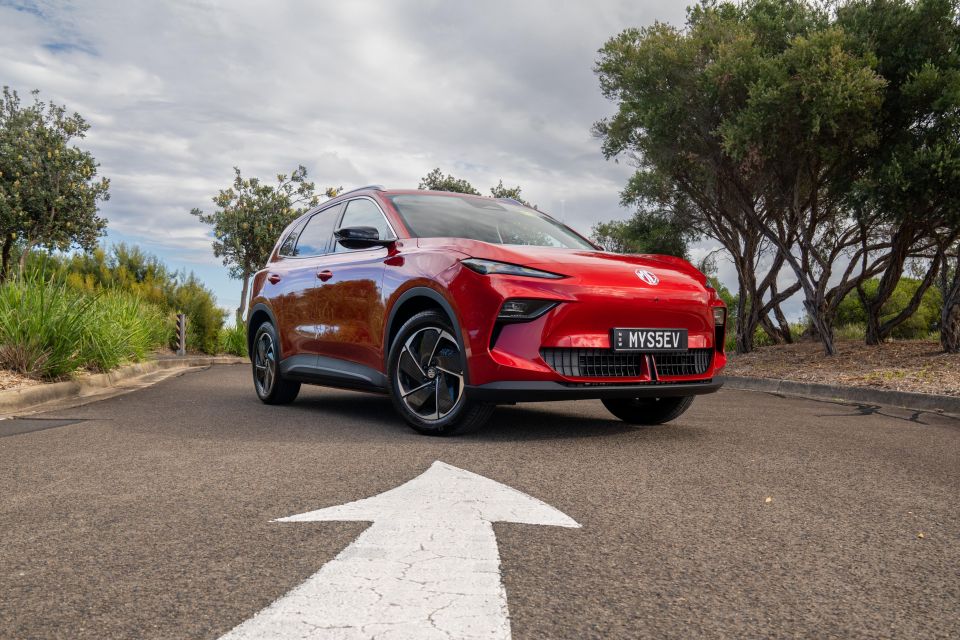
But the real point is, what is the customer benefit? When I came in, at that moment, it was very challenging and having a Chinese brand was a barrier. The other Chinese brands at that time had suffered a huge sales volume drop and left the Australian market.
I spent a lot of time explaining to our customers and dealers what made MG different, from our manufacturing and quality control processes to our joint ventures with Volkswagen and General Motors.
We brought decades of experience to SAIC Motor from working with these global companies and built on that foundation to create products Australians could trust. That success gave us the confidence to expand into Europe.
It’s had a lot of challenges, like in social media comments that say ‘don’t trust made in China’. But this is a free market, and you can never stop people in how they think and how you talk to them.
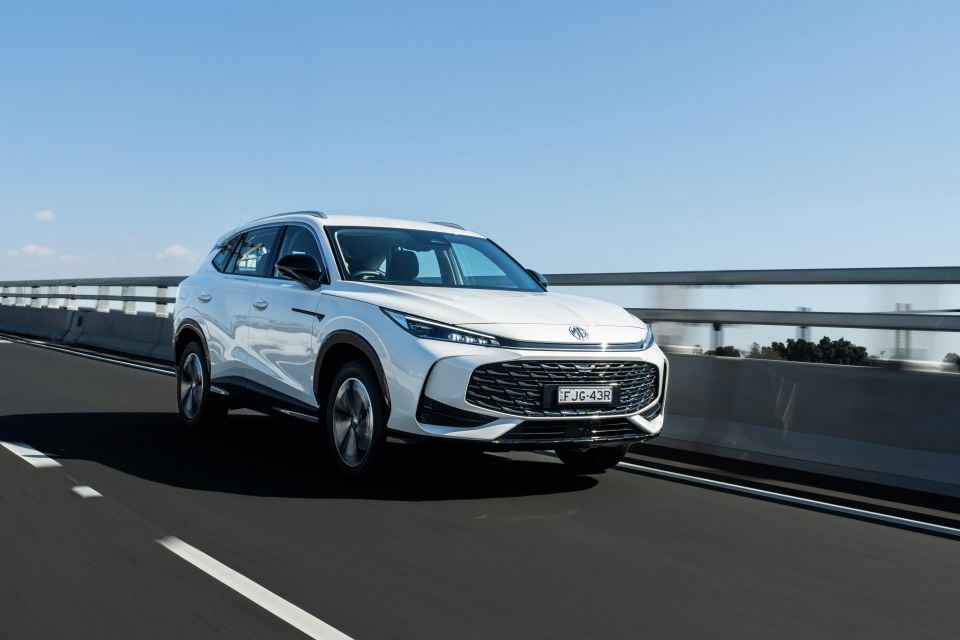
That’s why my focus has been on the commercial logic. My job is just to focus on doing a professional job, and time will prove everything.
So, we’ve focused on product quality, product performance, product benefits and value that nobody else can offer to consumers.
I have spent most of my time on these principles. And if there have been any product issues, I have advised management in Shanghai to resolve these problems. I am very quick to resolve any problems. That’s how we earn customer trust.
I think change is very good for this whole market. I want more people to understand that it is totally unnecessary to just repeat your choice of yesterday because today we have so many new options.
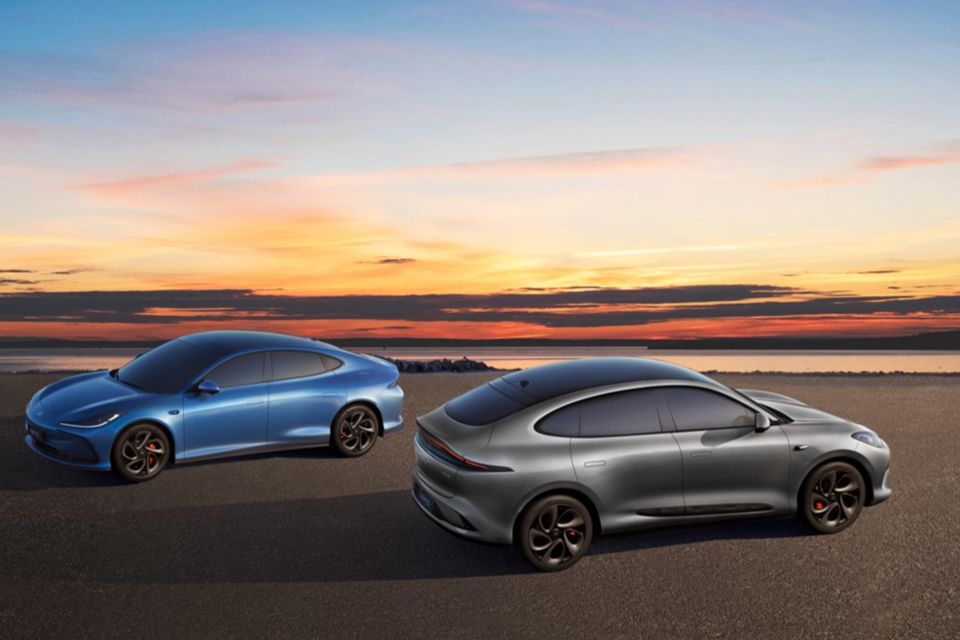
If you look at the Chinese car industry, you will find it is totally different, with lots of new designs, new functions and new technologies.
As an example, the IM by MG Motor is a dream car for everyone. People may have dreamed about this level of luxury and performance before, but it was out of reach due to its high price.
But IM has luxury materials, AI technology and the performance driving that we put together with an affordable price for the public. That’s what I’m doing – providing value. When you drive this car, you will feel fantastic.
First of all, IM is an independent brand, but we will authorise every current MG dealer with an IM franchise. This is our first step that we have already done.
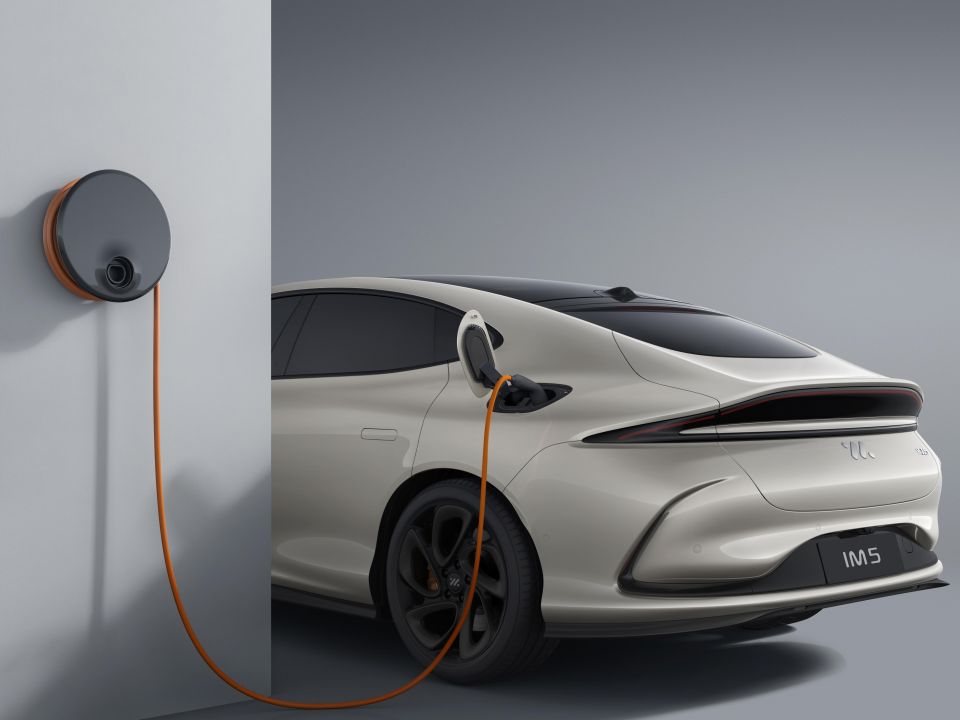
We will share the showroom and display area in the MG dealership and follow the product and volume growth together.
But 100 per cent, we will also consider independent showrooms in the future. Everything is under consideration, but we have to be mindful of the business running costs for our dealers as well.
Yes. Initially, IM will share workshop facilities with MG. But as volumes grow, we’ll expand the aftersales experience accordingly.
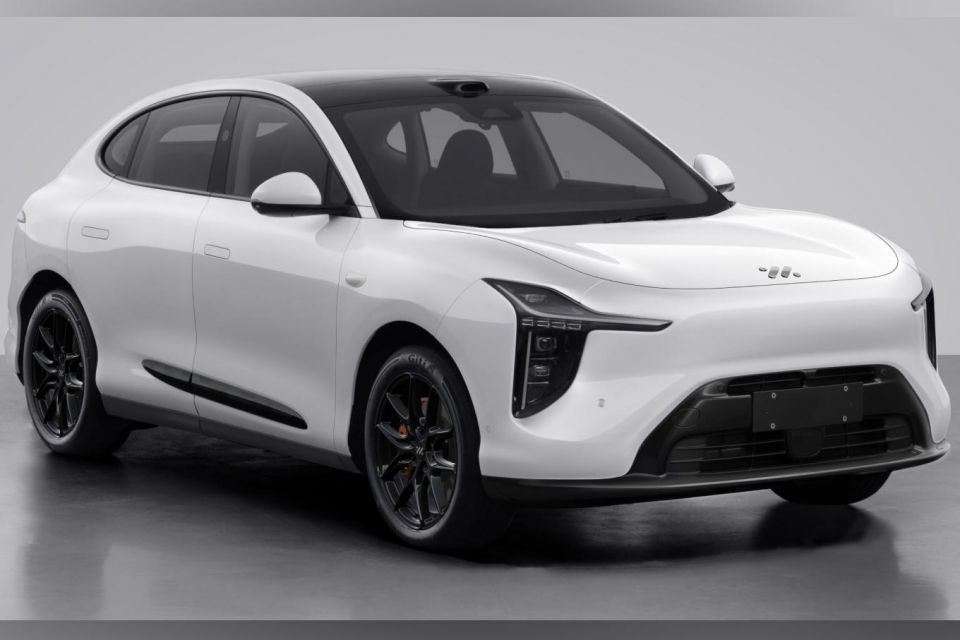
When we started, our car park was small. Now we have over 250,000 MG vehicles on Australian roads. That gives our dealers the confidence to invest in better facilities.
I’m also focused on building a strong CRM system to support every MG customer.
The first thing I miss about China is the food, and the second one is my friends. Sydney has a great Chinatown with lots of good restaurants, but the food in China is amazing.
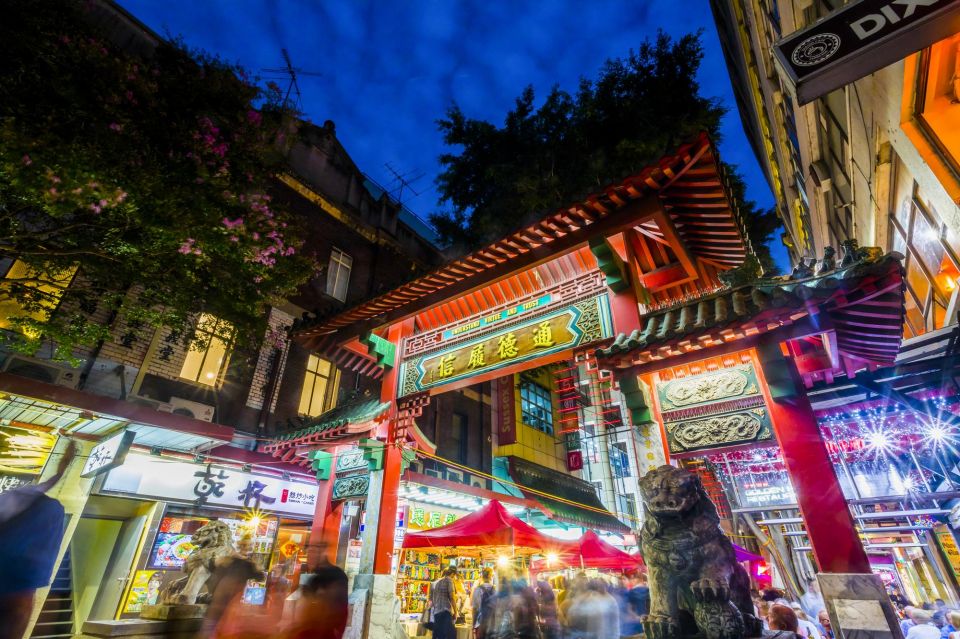
As for Australia, I love the lifestyle and I love Australian wine. The Australian lifestyle is very, very friendly and comfortable. I love it.
Before MG was here, the Australian auto industry was at peace for a very long time, like a lake. Very still. When I first came here, I told my team that ‘some cars in this market aren’t good enough [and] cars shouldn’t be sold like that to anyone. MG will give you the same but with a much better price, much better quality’. MG is like the first stone to drop in this lake and make a ripple.
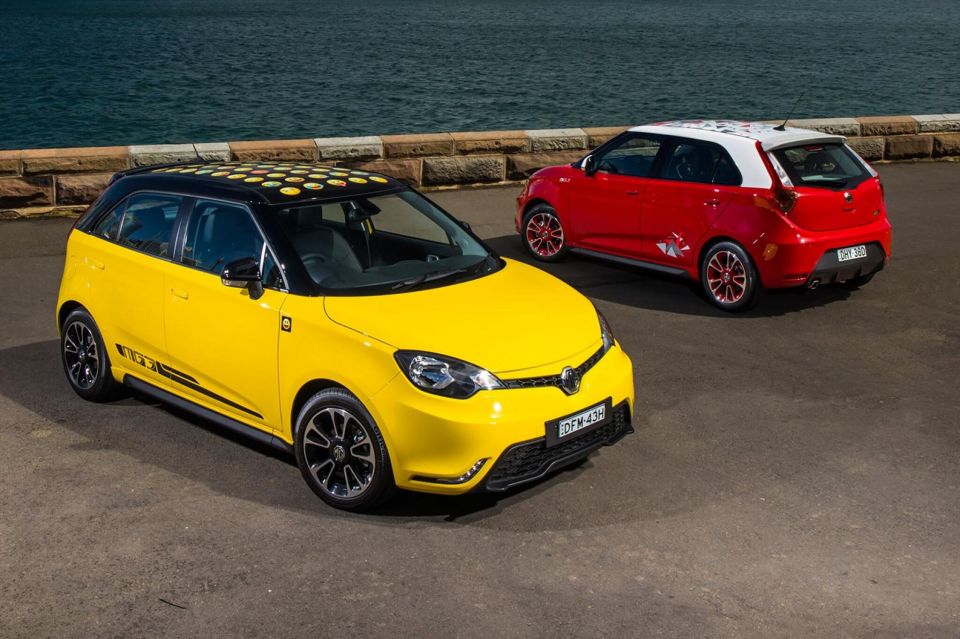
Now, there are more and more stones coming, making a bigger whirl, and I think the whole industry will change. Everything is based on what’s the benefit to the customer, and it runs deeper than the surface; building a good reputation is important.
Australia is an open and free market and now, without a local manufacturing industry, that means it is welcome for every brand and it is up to them if they can survive or not.
It’s a competition; on price, product quality, performance, service, warranty, finance offer… everything is competition. That’s great news for Australian consumers.
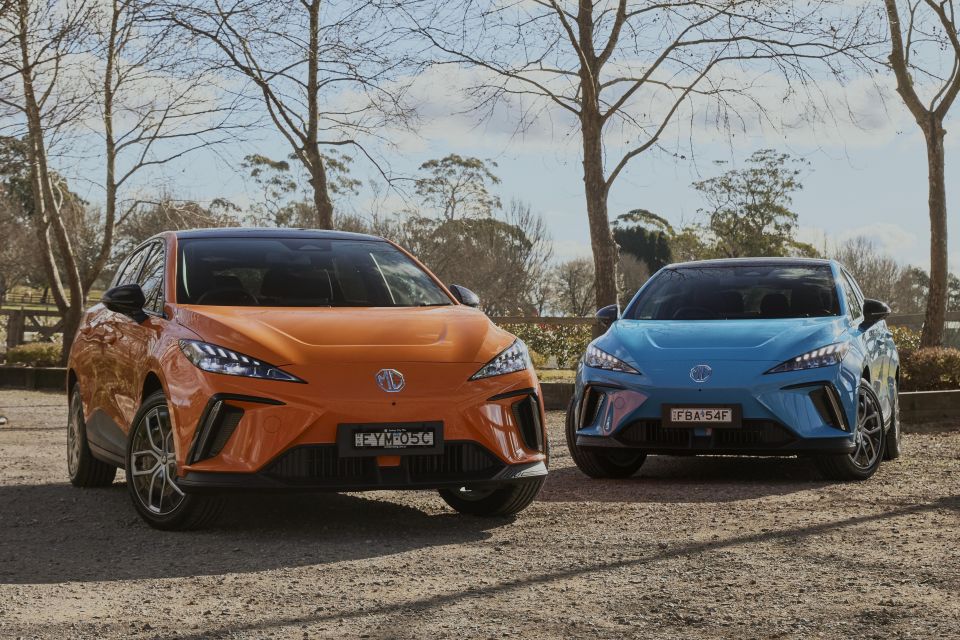
For new brands, I would say that Australians have a very special request: they want brands to understand Australian consumers. They can’t just copy a Chinese-spec car and expect it to work here.
With some brands, I have seen their launch model, and I totally disagree. If they deeply understand the Australian market, then I trust that more Chinese brands will succeed. This change will pressure other major brands to make some real changes.
I was born in the western part of China, in a country area which is very poor, and I will never forget that. Then, when I moved to Australia to establish this business, we started with prices that are affordable – a good, attractive price was an important start.
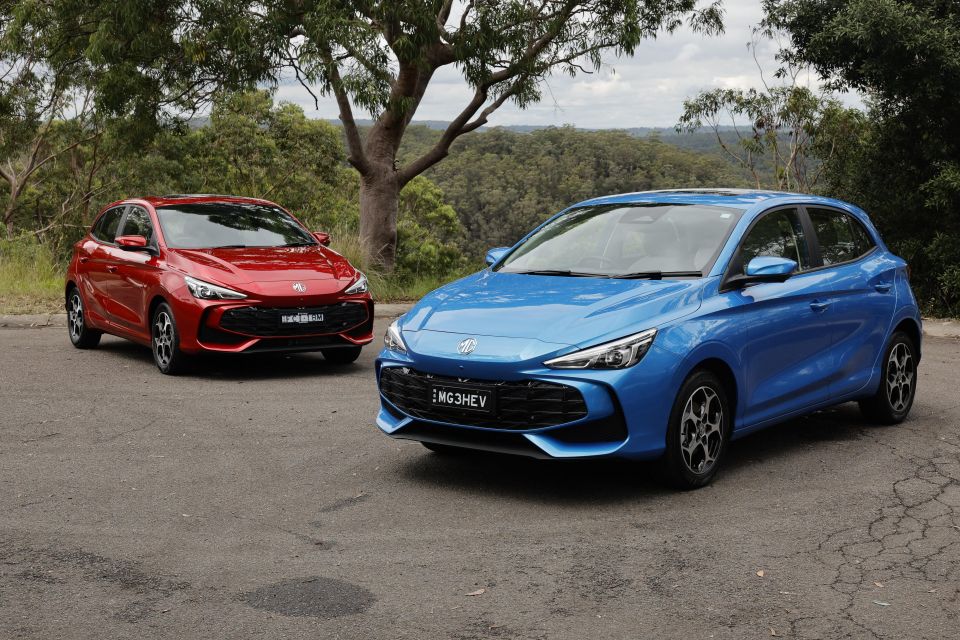
My business strategy is to continue to provide a fantastic price for customers. With a population of 27 million people, everyone’s budget is different. And at MG we look after everyone, and we challenge the other OEMs.
With ICE motor, I will focus on the used car market. In Australia, there are more than one million used car buyers each year, and lots of people will purchase a used car because they trust this brand and [will] pay 70 per cent of the price for a car that has already driven 50,000km, 80,000km or more and maybe only have one year left on the warranty. Why would you do that?
With MG, I will provide a new car with a 10-year warranty that is priced similarly to a used car. For MG 3, ZS, HS and QS with ICE powertrains, I will focus on why you shouldn’t buy a used car.
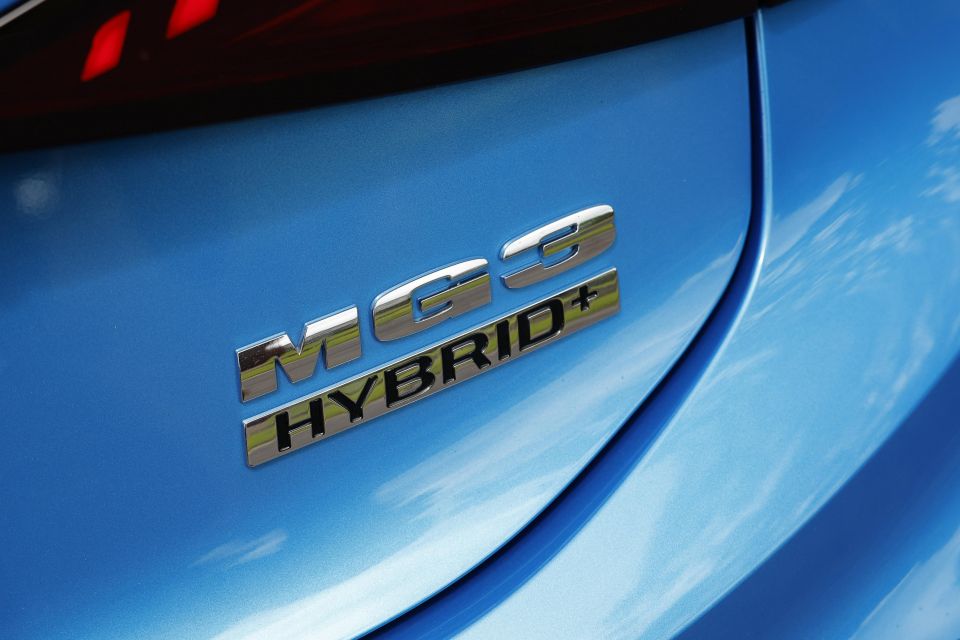
For hybrid, I’ll use this to benchmark against other OEMs, offering entry-level models with stronger Hybrid+ value. With Super Hybrid [plug-in hybrid vehicles, or PHEVs], I will compete with the top hybrids. The benefit will be to provide more for the same price, as the MG Super Hybrid is much, much better than a normal hybrid.
This is my strategy. I will use ICE to target used car buyers, hybrid to target OEM petrol [vehicles], and Super Hybrid to target other hybrids.
For me, the used car price in Australia is ridiculous. It’s too high. At MG, we need to challenge this.
We have two kinds of pure electric vehicles in our strategy. The first is the normal EV with an affordable price as a second family car, and the premium EV is a dream car for everyone. That’s my plan.
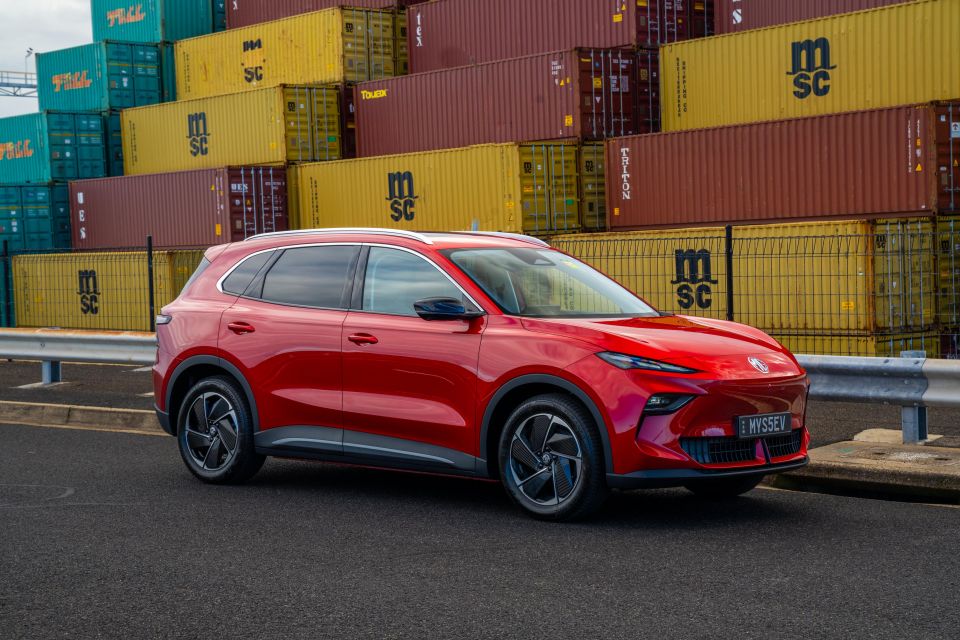
For a family, my solution is to have an EV and PHEV on the driveway. The pure EV is a second car for just around the city. It doesn’t need a big battery; around 300km of range is enough for driving around town and maybe recharging once a week.
Three years ago, if you talked about that, everyone would argue with me, but now a lot more people understand the benefits of EVs and they say ‘okay, I just drive an EV to pick up the kids, go to the shops, go to the office… this is enough and the price can be affordable’.
But you also need to consider, especially in this country, that sometimes you want to drive to the Hunter Valley to enjoy your weekend, or go to Brisbane, the Gold Coast… and for this you need more range.
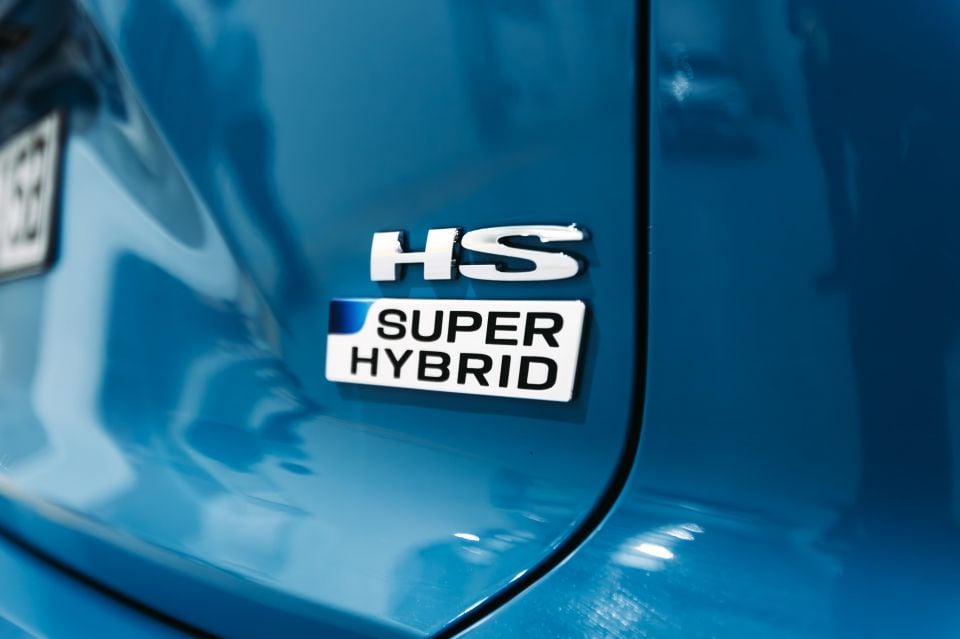
And that is where the Super Hybrid comes in. For your daily driver, even if you only charge it once a week, that means around two litres or less per 100km on average [of fuel consumption], and just 4.5 litres when the battery runs out. That’s fantastic efficiency. And you can always drive; you never need to worry. It can deliver over 1000km.
At MG, it’s all about giving Australian consumers more choice.
Fortunately, I have close connections at SAIC Motor and every time I am back in Shanghai I gather customer feedback from Australia and present this to my boss and the chairman. I also spend 90 per cent of my time on conversations with the engineering division and R&D.
I shared the customer feedback we’d received from Australia around hybrids, and after test driving the new PHEV, I started thinking about how we could evolve the product to better suit Australian conditions. That’s when the idea for Super Hybrid came to me – a version tailored specifically for our market.
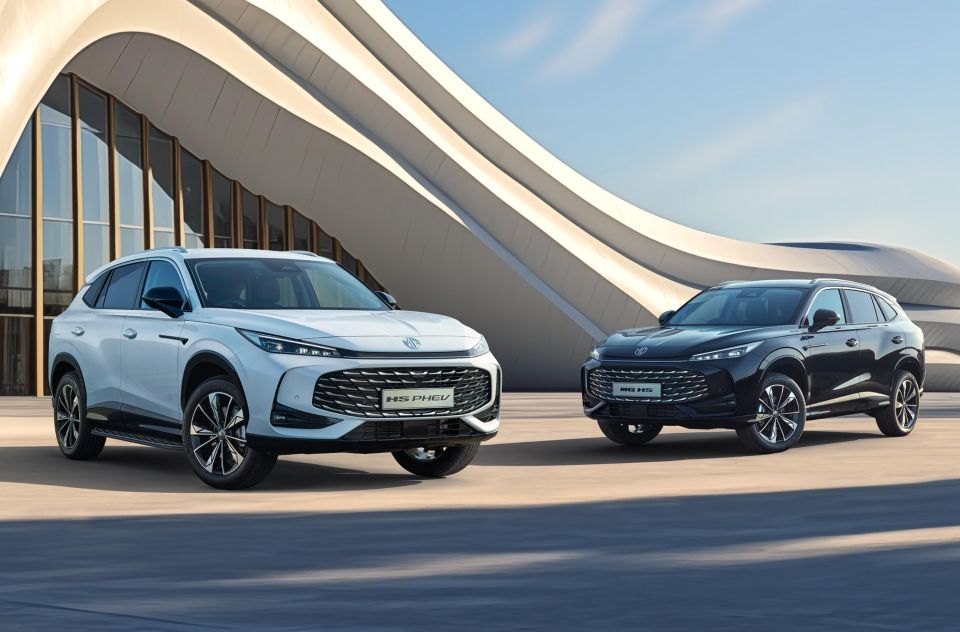
When I returned to Australia, I shared the concept with my senior leadership team and outlined how we could adapt the platform to meet local needs. The response was overwhelmingly positive – everyone loved it.
Because every generation of PHEV platform is a revolution, this is totally different. And with the Super Hybrid, we’ve created something uniquely suited to Australian drivers.
Yes. I always start by talking to the salespeople first, the sales manager, general sales manager, and I ask: what’s the customer feedback on each model? What’s the benefit to them if they buy? And if they don’t buy, what’s their concern?
From those conversations, I learn a lot about what the Australian market wants and what a car means to people here. Australia is a very different country – different lifestyle, different land, different roads compared to China.
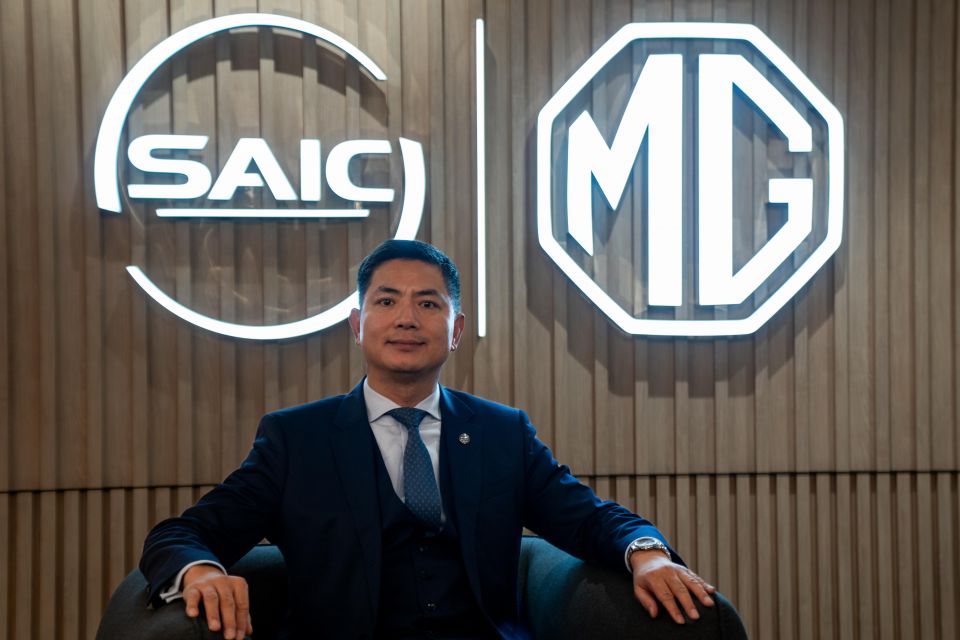
Until now, PHEVs haven’t been very popular in Australia because the product hasn’t been good enough. The performance and the benefits – not strong enough. So what’s the point? What’s the real value for the customer?
I believe this market needs a real solution for the future. Australia needs a different EV strategy, and also a different petrol-hybrid strategy. But that doesn’t mean Australians shouldn’t have the chance to enjoy future technology. That’s my point.
The ute will be our sixth pillar, and I have a very special business solution and plan with this model. It will be fantastic for Australian ute drivers.
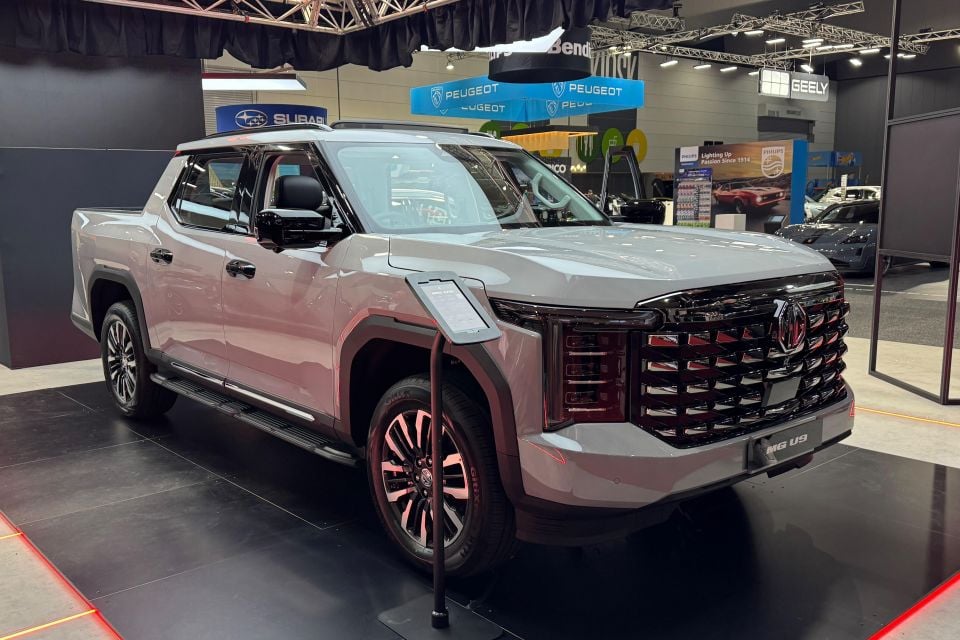
From a car market share perspective, there is a hunger for a ute. But I first needed to check the product cycle and needed to make sure that everything could match my request or not. If not, I would not choose to proceed.
But last year, before I had a special test drive in Shanghai, I asked my team to prepare a few major brands in Australia as a reference. I drove three brands, and two were good but one is very bad.
The Australian ute is like work tools, but many people also use them as lifestyle alternatives to SUVs. I will focus on the latter, because MG’s brand style reputation is to focus on people and their lifestyle.
I can’t share too much detail just yet, but to return to my earlier point about commercial logic; for a product to drive change, it has to offer a significant benefit. If it’s just the same as what’s already out there, it’s difficult to shift the market.
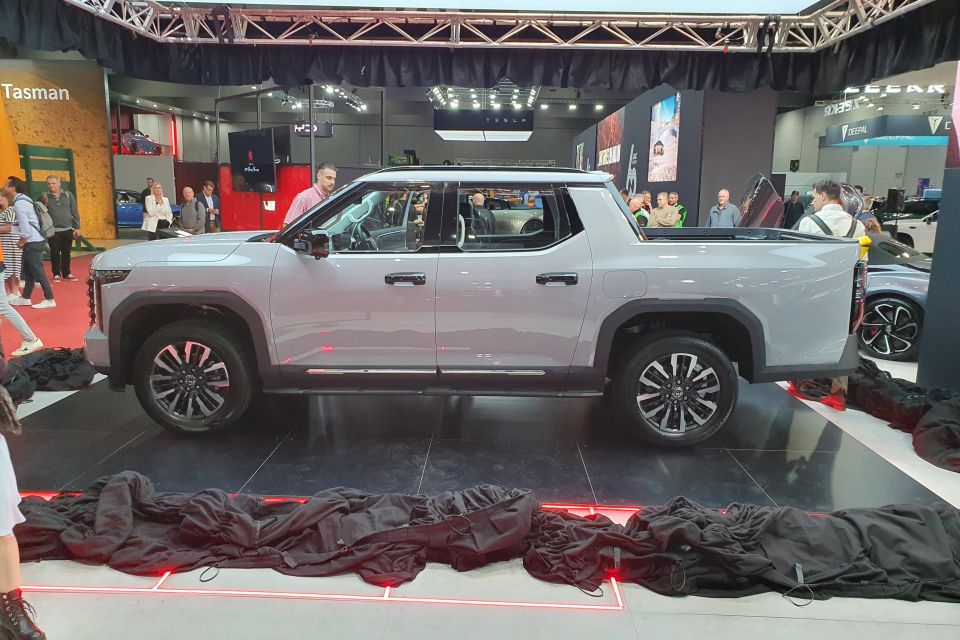
That’s why our approach is grounded in delivering strong value across price, product, technology, and performance. After test driving competitor vehicles, I can confidently say our product is at the top level. And as for pricing, that will follow the MG philosophy.
MORE: Everything MG
Where expert car reviews meet expert car buying – CarExpert gives you trusted advice, personalised service and real savings on your next new car.


Max Davies
5 Days Ago
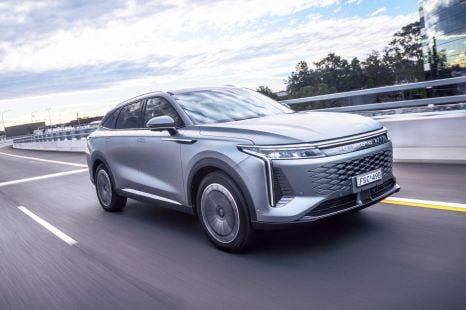

Damion Smy
4 Days Ago
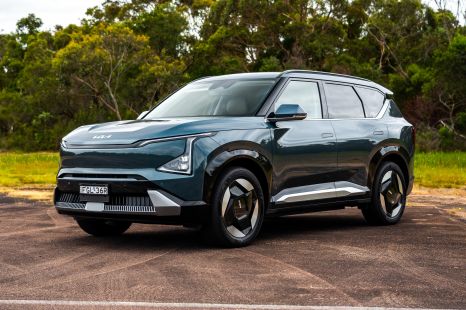

James Wong
3 Days Ago
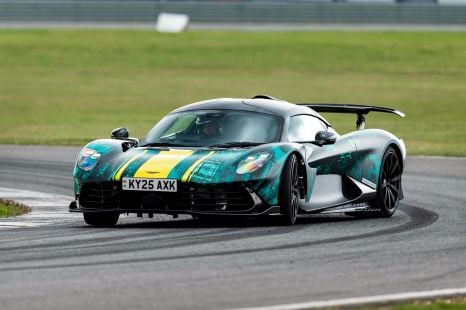
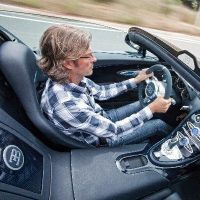
Angus MacKenzie
2 Days Ago
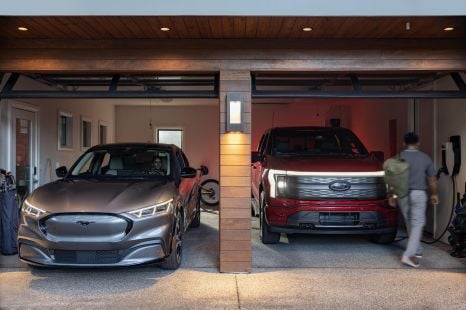

Damion Smy
19 Hours Ago
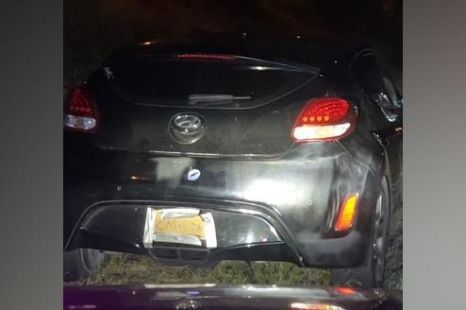
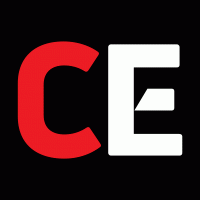
CarExpert.com.au
18 Hours Ago